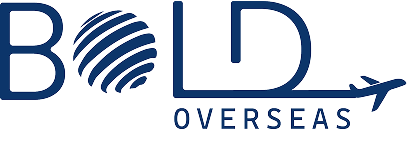Study in Australia
- OVERVIEW
- TOP UNVERSITIES
- COURSES
- FINANCES
- ADMISSION
- VISA
- FAQ
Study in Australia consultants
For Indian students with big dreams, the choice to study in Australia is more than just pursuing higher education, it’s a life-changing decision that opens doors to global opportunities. With internationally recognized universities, world-class faculty, innovative learning methods, and a welcoming multicultural environment, Australia has become one of the most popular destinations for Indian students. Whether you want to build a career in technology, business, healthcare, or research, Australia provides not only excellent education but also post-study work opportunities that help you establish a strong career worldwide.
However, the process of applying abroad can feel complicated, from choosing the right university and course to securing a visa. That’s why students rely on Bold Overseas, one of the most trusted Australia education consultants in Hyderabad. With our in-depth knowledge and proven expertise, we guide you at every step of the journey. From counseling and shortlisting universities to scholarship guidance and preparing strong visa applications, our team ensures that your path to study in Australia is smooth and stress-free.
At Bold Overseas, we believe every student’s dream deserves personalized attention. As leading study in Australia consultants, we take the time to understand your profile and career aspirations before creating a customized plan that aligns with your goals. This tailored approach, combined with our years of success stories, makes us the best consultancy in Hyderabad for Australia.
Choosing Bold Overseas means more than just securing admission, it means investing in your future. With the right support system by your side, your decision to study in Australia becomes the beginning of a bright, global career.
Why the Australia?
1. World‑Class Universities
- Home to 1,500+ world-class institutions including University of Toronto, UBC & McGill
- Degrees recognized by employers and institutions worldwide
2. Flexible, Student-Centric Learning
- Choose from a wide range of programs across technology, healthcare, arts, and more
- Mix classroom theory with real-world applications through projects and labs
3. Work While You Study
- Part-time jobs during studies (20 hrs/week)
- Co-op and internship programs built into many degrees
- Up to 3 years Post-Graduation Work Permit (PGWP)
4. Inclusive Campus Life
- Diverse, multicultural communities
- Join clubs, sports teams, and events to connect and grow
- Safe and welcoming environment for international students
5. Student Support at Every Step
- Comprehensive orientation programs
- Access to academic advisors, mental health services, and peer support
- International student offices to help with housing, visas, and beyond
What to Expect: Fall, Spring & Summer Intakes
| Intake | Fall | Summer | Spring |
|---|---|---|---|
| When It Starts | Feb – Early March | July | October – November |
| Pros | Main intake, all programs, scholarships | Mid-year entry, flexible options | Short courses, fast-track study |
| Cons | High volume = limited spots | Slightly fewer course offerings | Not all universities participate |
| Deadlines | Sept – Dec | March – May | July – Sept |
Step‑by‑Step Roadmap
Profile Check
GPA, test scores, finances
Bold Overseas Shortlist
Based on goals, budget, ROI
Exam Prep
IELTS/TOEFL/GRE coaching & mock tests
Applications
SOP, LORs, transcripts, visa docs
Visa Success
Mock interview, document review
Pre‑Departure
Housing, health check, orientation
Explore Top Universities in the Australia
Discover globally ranked institutions offering cutting-edge programs, expert faculty, and vibrant campus life
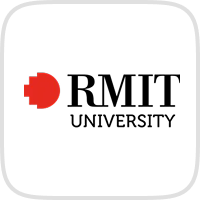
RMIT University.
- Melbourne, Victoria, Australia.

University of Technology Sydney
- Sydney, New South Wales, Australia.
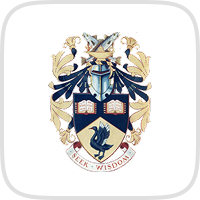
University of Western Australia
- Perth, Western Australia
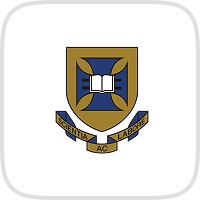
University of Queensland
- Queensland, AU
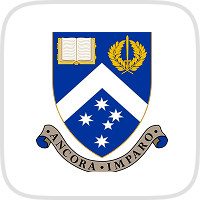
Monash University
- Melbourne, Australia
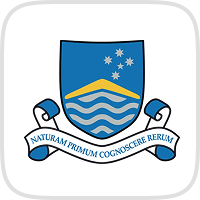
Australian National University
- Canberra, Australia
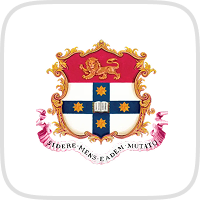
University of Sydney
- Sydney, AU
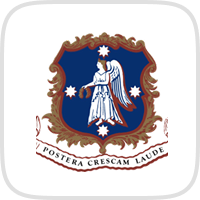
University of Melbourne
- Melbourne, AU
Finances: Plan Your Investment in Australia Education
Cost of Education
1. Public Universities
- Undergrad: AUD 20,000 – 45,000/year
- Master’s: AUD 22,000 – 50,000/year
2. Private Universities
- Undergrad: AUD 30,000 – 55,000/year
- Master’s: AUD 25,000 – 60,000/year
3. Average by Program
- Bachelor’s: AUD 25,000 – 40,000/year
- Master’s: AUD 25,000 – 50,000/year
- MBA: Up to AUD 70,000/year
Cost of Living
1. Monthly Budget: AUD 1,500 – 2,200
2. Housing
- On‑campus: AUD 11,000 – 15,000/year
- Off‑campus rent: AUD 200 – 500/week
3. Essentials
- Utilities: AUD 150/month
- Food: AUD 300 – 600/month
- TTransport: AUD 100 – 150/month
4. Extras
- Health insurance: AUD 600 – 800/year
- Phone & Internet: AUD 80 – 100/month
Admission Process: Your Path to U.S. Universities
- Pro Tips
- Start at least 8–12 months in advance—especially for February and July intakes.
- Many top universities have rolling admissions—apply early for better course and housing options.
- Explore Commonwealth, university, and research-based scholarships.
Visa Process & Requirements
To study in the U.S., international students must apply for an F-1 visa after gaining admission to a SEVP-approved institution. You’ll need to register with SEVIS (fee: $350) before scheduling your visa interview.
- You can apply up to 120 days before your course starts
- You may enter the U.S. no more than 30 days before classes begin
- Visa rules may change, so always stay updated on the latest guidelines
You’ll also need to book an appointment with the US embassy in your country for a visa interview. You’ll need the following items:
- your passport
- your visa application form
- financial documents.
FAQs
Why should I choose study in Australia consultants in Hyderabad for my education plans?
Choosing study in Australia consultants in Hyderabad ensures you get expert local guidance, from selecting top universities to handling visa procedures, making the entire process smooth and reliable.
How do Australia education consultants in Hyderabad help with scholarships?
Trusted Australia education consultants in Hyderabad like Bold Overseas guide students in identifying scholarship opportunities, preparing applications, and increasing their chances of financial support.
Which is the best consultancy in Hyderabad for Australia?
There are several university-funded scholarships as well as grants and bursaries provided by external organisations for overseas students who wish to study in Australia. These Australian scholarships help students cover a major part of their expenses including a part of their tuition fees, and additional course costs.
Can study in Australia consultants also help with part-time job options?
Yes, reliable study in Australia consultants provide information on part-time job regulations and opportunities so students can manage their living expenses while gaining work experience.
Why is Bold Overseas the top choice among Australia education consultants in Hyderabad?
Bold Overseas stands out among study in australia consultants in hyderabad due to its transparent process, tailored counseling, and proven track record of helping Indian students successfully study in Australia.
Book a 1 : 1 Call with our Expert on Studying Abroad!
- free experts assistance
- experienced counsellors
